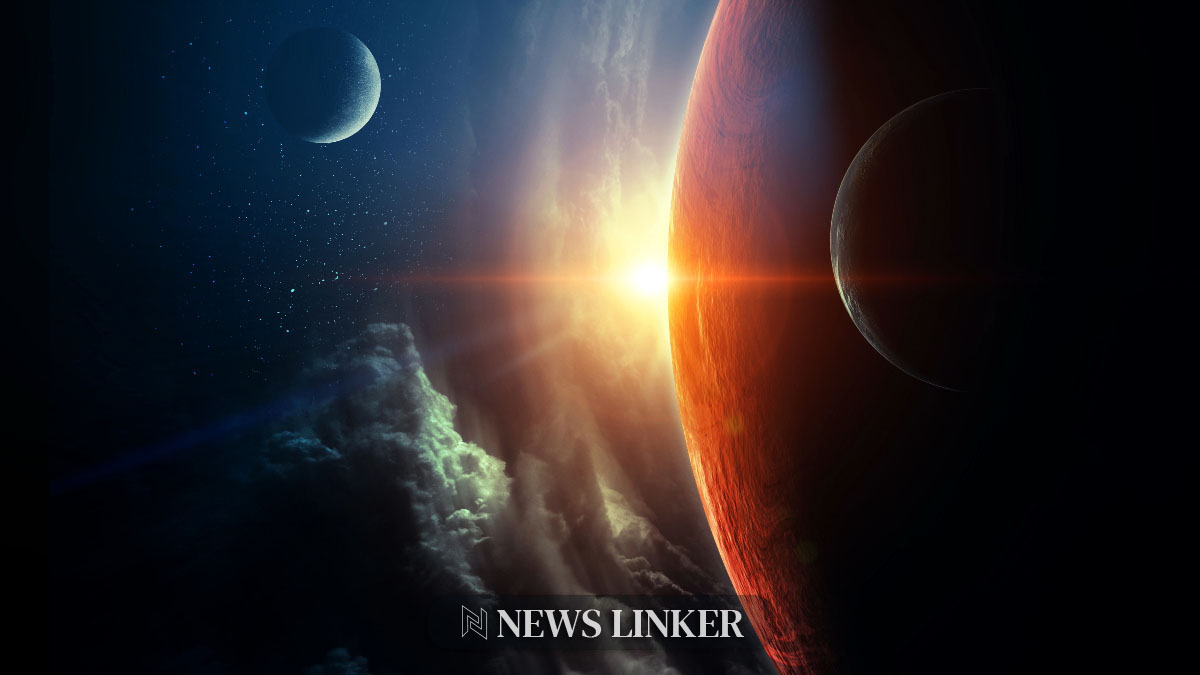The recent observations of the starburst galaxy Messier 82 (M82) by the James Webb Space Telescope (JWST) provide an unprecedented glimpse into the core region’s intense star formation processes. The study, led by Professor Alberto Bolatto of the University of Maryland, has uncovered details obscured by the galaxy’s luminous core and heavy dust. Utilizing Webb’s Near-Infrared Camera (NIRCam), the team has offered new insights into the formation and evolution of starburst galaxies and their galactic winds, phenomena that are pivotal in understanding the early universe’s star-forming activity.
Historical observations of M82, known for its high star production rate and distinctive shape, have been challenging due to its brightness and dust obstructions. Previous space telescopes like Hubble and Spitzer had contributed significantly to the study of this galaxy. The JWST’s advanced technology has now provided a more intricate view, revealing finer structures within M82 that contribute to the ongoing discourse on starburst galaxies and the conditions under which they form.
How Did Webb’s Technology Enhance Observation?
The study’s success is largely attributed to Webb’s NIRCam’s ability to mitigate the interference from the galaxy’s brightness, revealing the cold, dusty tendrils of the galaxy’s core. This advancement in observation technology has allowed researchers to precisely account for the star clusters within M82. The Webb telescope, with its superior sensitivity and resolution, has distinguished itself from prior observations by capturing the intricate formations of the galaxy’s wind and the emission spectra of polycyclic aromatic hydrocarbons (PAHs).
What Phenomena Did Webb Reveal?
Webb’s observations highlighted the galactic wind’s structure, marked by red filaments of PAHs that flow from the galaxy’s disk. This finding was unexpected, as PAHs are typically short-lived under strong radiation, suggesting a perpetual replenishment. The resemblance of the PAH emission to that of hot ionized gas challenges existing theories and points to the complexity of the processes within starburst galaxies.
Why is M82’s Galactic Wind Significant?
The study of the galactic wind emerging from M82’s core is crucial in understanding how these winds interact with the surrounding material, influencing the galaxy’s evolution and environment. The wind, driven by the rapid star formation and supernovae, carries significant implications for the dispersal and recycling of matter within the galaxy.
The implications for readers are manifold, as the data obtained from Webb offers a deeper understanding of the life cycles of star clusters and the duration of starburst phases. This knowledge is vital for astronomers seeking to piece together the history of star formation in the universe. The presented research also sets the stage for future investigations, which may include spectroscopic data from Webb’s Near-infrared Spectrograph (NIRSpec) to refine the understanding of the age and evolution of star clusters in starburst galaxies.
The JWST’s study of M82 exemplifies the telescope’s remarkable ability to explore galaxies across a wide range of distances, providing insights into processes that resonate with those in the early universe. The findings from M82 not only advance the field of galactic astronomy but also reinforce the importance of continued observation and the potential for future discoveries that challenge current scientific paradigms.










